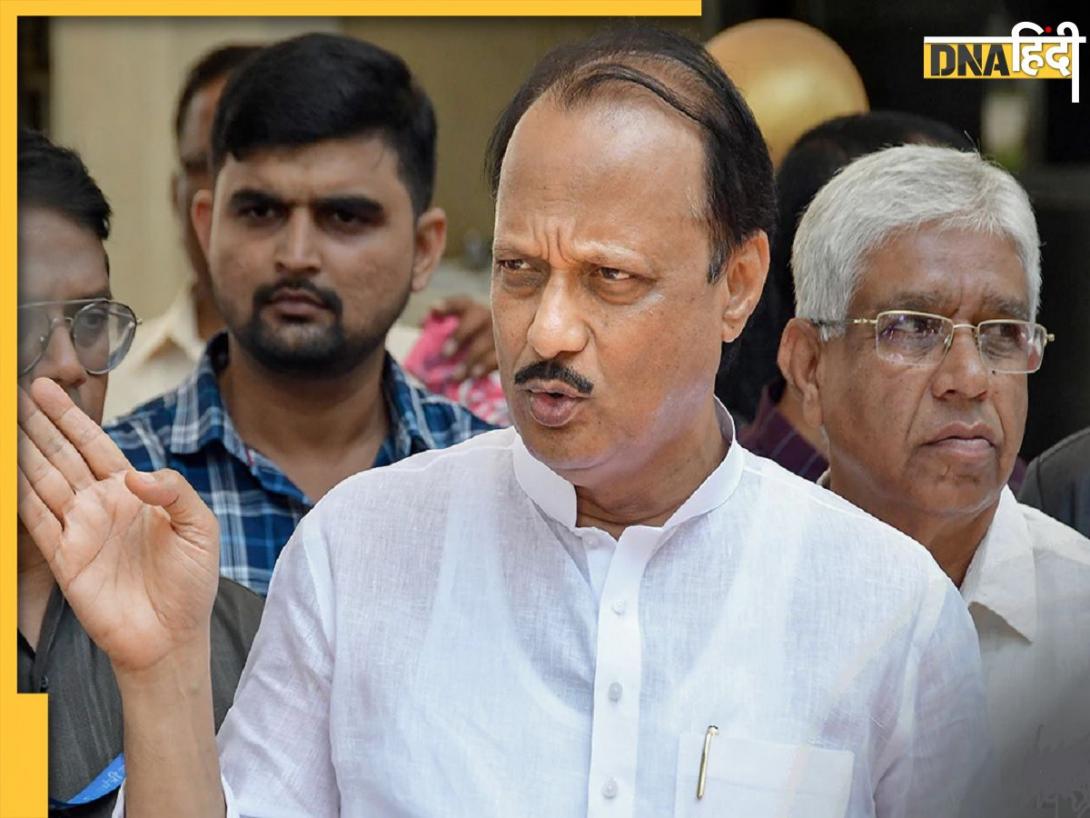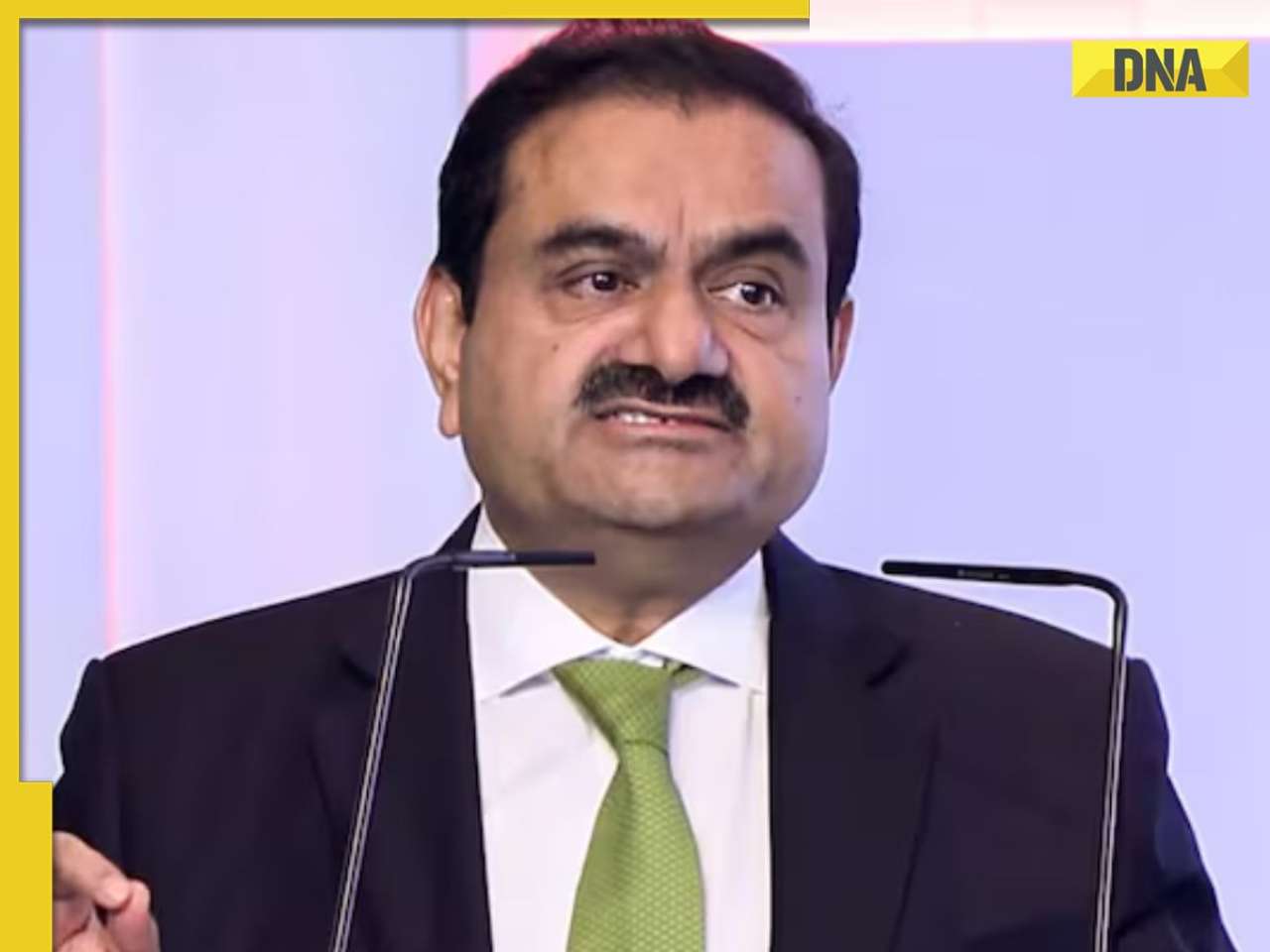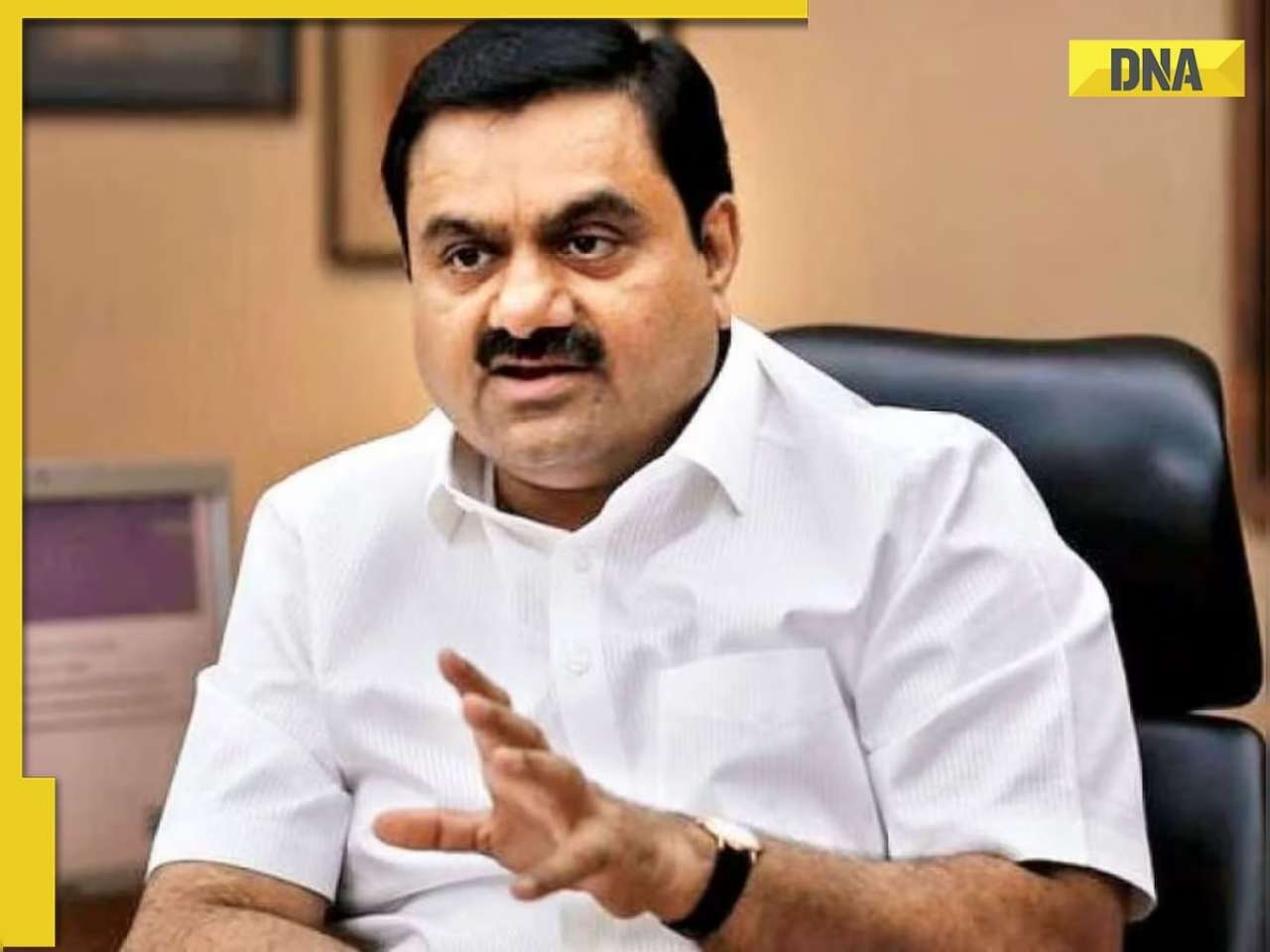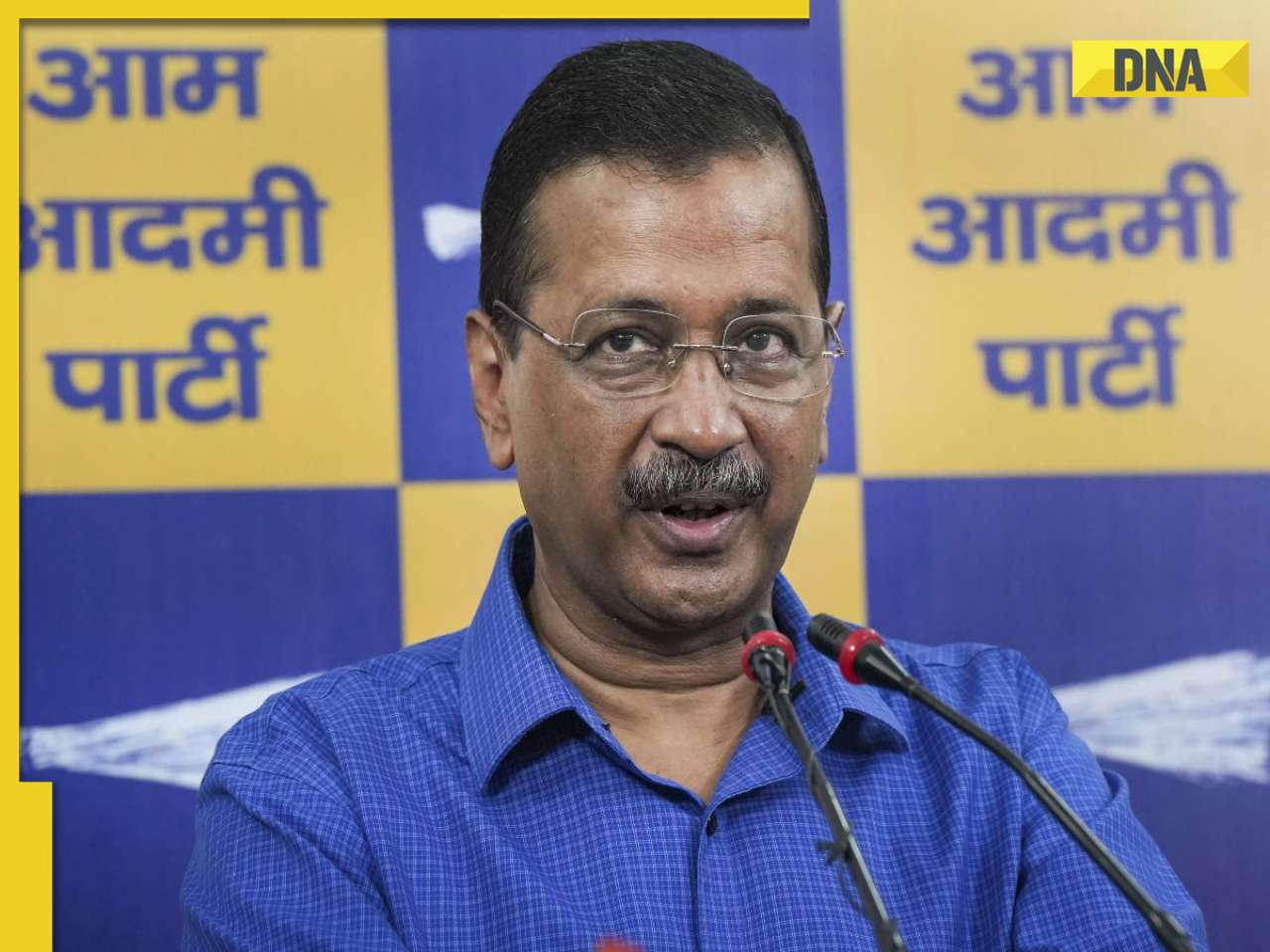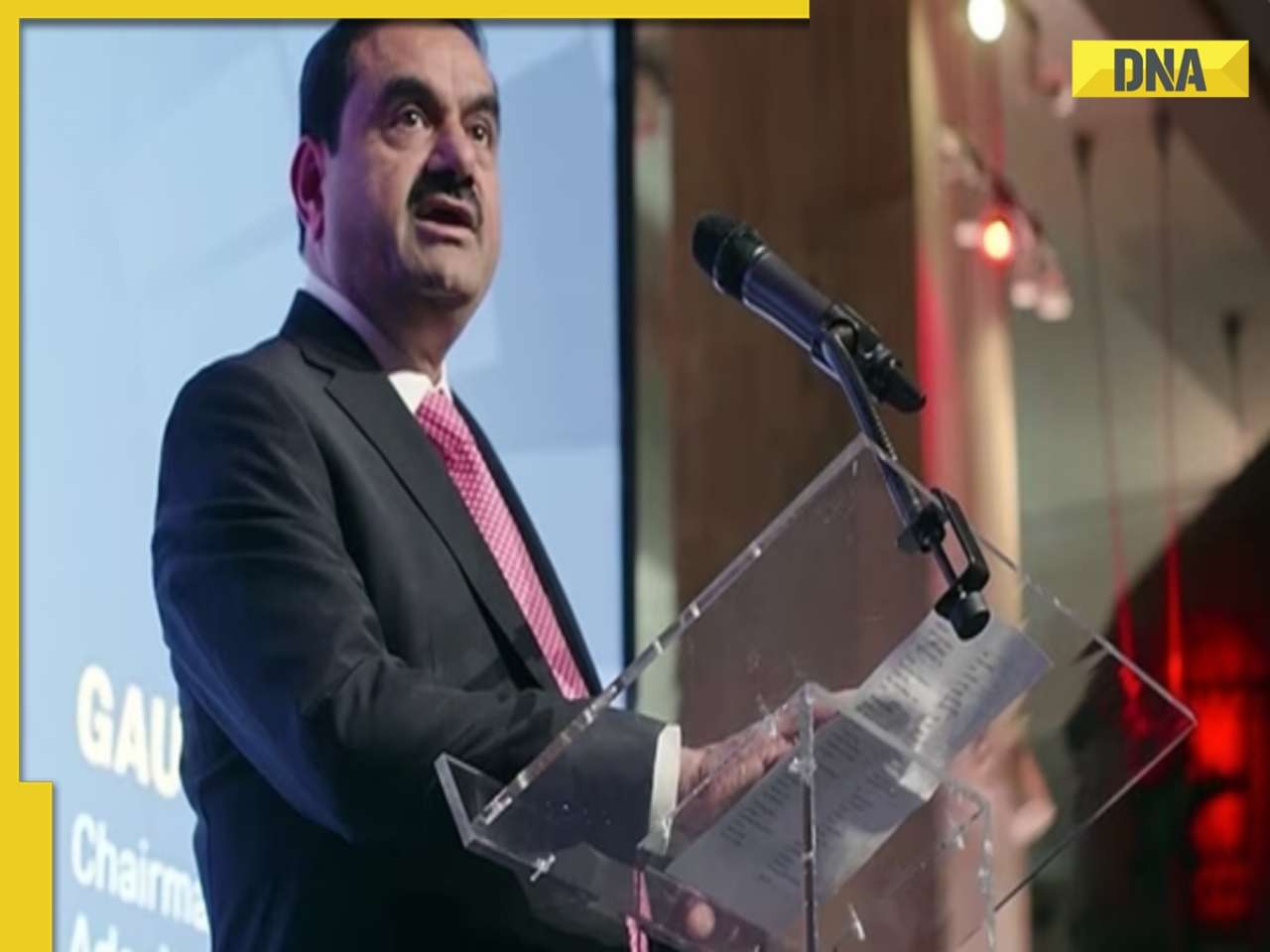- LATEST
- WEBSTORY
- TRENDING
EXPLAINER
Transforming India's Aerospace Industry: Budget 2024 and Beyond
This article outlines a strategic roadmap to transform India’s aerospace capabilities, leveraging both public and private initiatives.
TRENDING NOW
The Indian aerospace industry stands at a crucial juncture. Budget 2024 presents a unique opportunity to catalyze growth and innovations within this sector. This article outlines a strategic roadmap to transform India’s aerospace capabilities, leveraging both public and private initiatives.
1. Reducing Public Sector Reliance
There is an urgent need to reduce reliance on the public sector for manufacturing and R&D, since it has slowed progress. Encouraging private sector participation with consistent and supportive policies is crucial to accelerate advancements.
2. Boosting R&D Investment
To drive innovation and enhance global competitiveness, it is proposed to increase research and development funding to 2% of GDP. This move is important for the country to innovate and reach a top position in aerospace technology. Including R&D as a specific expenditure in annual Budgets will ensure proper use of funds.
3. Privatizing DRDO Laboratories
Privatizing select Defence Research and Development Organisation (DRDO) laboratories, including 41 DRDO Labs and 5 DRDO Young Scientist Labs, can improve efficiency and productivity. This strategic move will ensure budgeted R&D funds are used effectively.
4. Prioritizing Technology Transfer
Prioritizing technology transfer in new aircraft deals is vital to support India’s ‘Make in India’ goals and establish it as a global aerospace leader. Advanced aerospace technology can only be achieved through technology transfer included in new aircraft deals, particularly for engine technology, which has been a challenge for our R&D efforts.
5. Boosting Private Sector Participation
A major private player entering the aerospace sector would, possibly, take a decade or more to reach the level of expertise in some areas of Hindustan Aeronautics Limited (HAL). However, after that period, the private player could surpass HAL, or even elevate HAL’s productivity. The Prime Minister’s Office (PMO) should take a more active role in the aerospace industry to realize the ‘Make in India’ initiative and the vision of becoming a global aerospace hub.
6. Learning from MMRCA for MRFA
One hopes that the new Multi-Role Fighter Aircraft (114 MRFA) deal will incorporate lessons learnt from the failed Medium Multi-Role Combat Aircraft (MMRCA-126) deal. The MRFA and MMRCA are two different Indian programmes. India should buy 114 Multi-Role Fighter Aircraft (MRFA) only from a vendor willing to establish a manufacturing facility for the whole aircraft in the country.
7. Addressing Squadron Shortfalls
At present, India has 31 squadrons of fighter jets against the sanctioned strength of 42. Valued at about $20 billion, the Multi-Role Combat Aircraft (MRCA) deal is considered one of the largest defence contracts globally in recent years. The contestants for the contract are Dassault’s Rafale, Boeing’s Super Hornet F/A-18, SAAB’s Gripen, Lockheed Martin’s F-21, Russia’s MiG-35 and the Eurofighter Typhoon.
8. Emphasizing Local Production
Without developing or acquiring advanced technologies, our aerospace programme may technically be ‘Made in India’, but will not truly embody its spirit. A globally competitive Indian aerospace industry can only be achieved through investment in R&D.
9. Leveraging Private Sector Capabilities
Many private companies have quickly advanced in making India a preferred destination for aero structures, components, sub-assemblies and complex system assemblies. Leading global OEMs have formed JVs in India to manufacture aerospace parts and assemblies, which are used in numerous commercial and defence aircraft and helicopters.
10. Expanding End-to-End Solutions
The sector has adopted best practices and international quality standards for components, but India still needs to develop more facilities offering end-to-end aerospace solutions. This expansion is necessary to fully realize the potential of the Indian aerospace industry.
Conclusion
This year’s Budget is a crucial moment for the nation’s aerospace industry. By addressing these key areas—reducing public sector reliance, boosting R&D investment, privatizing DRDO laboratories, prioritizing technology transfer, enhancing private sector participation, learning from past deals, addressing squadron shortfalls, emphasizing local production, leveraging private sector capabilities and expanding end-to-end solutions—India can transform its aerospace industry into a leading position globally.
(The author of this article is a Defence, Aerospace & Political Analyst based in Bengaluru. He is also Director of ADD Engineering Components, India, Pvt. Ltd, a subsidiary of ADD Engineering GmbH, Germany. You can reach him at: girishlinganna@gmail.com)
Disclaimer: The views expressed above are the author's own and do not reflect those of DNA)
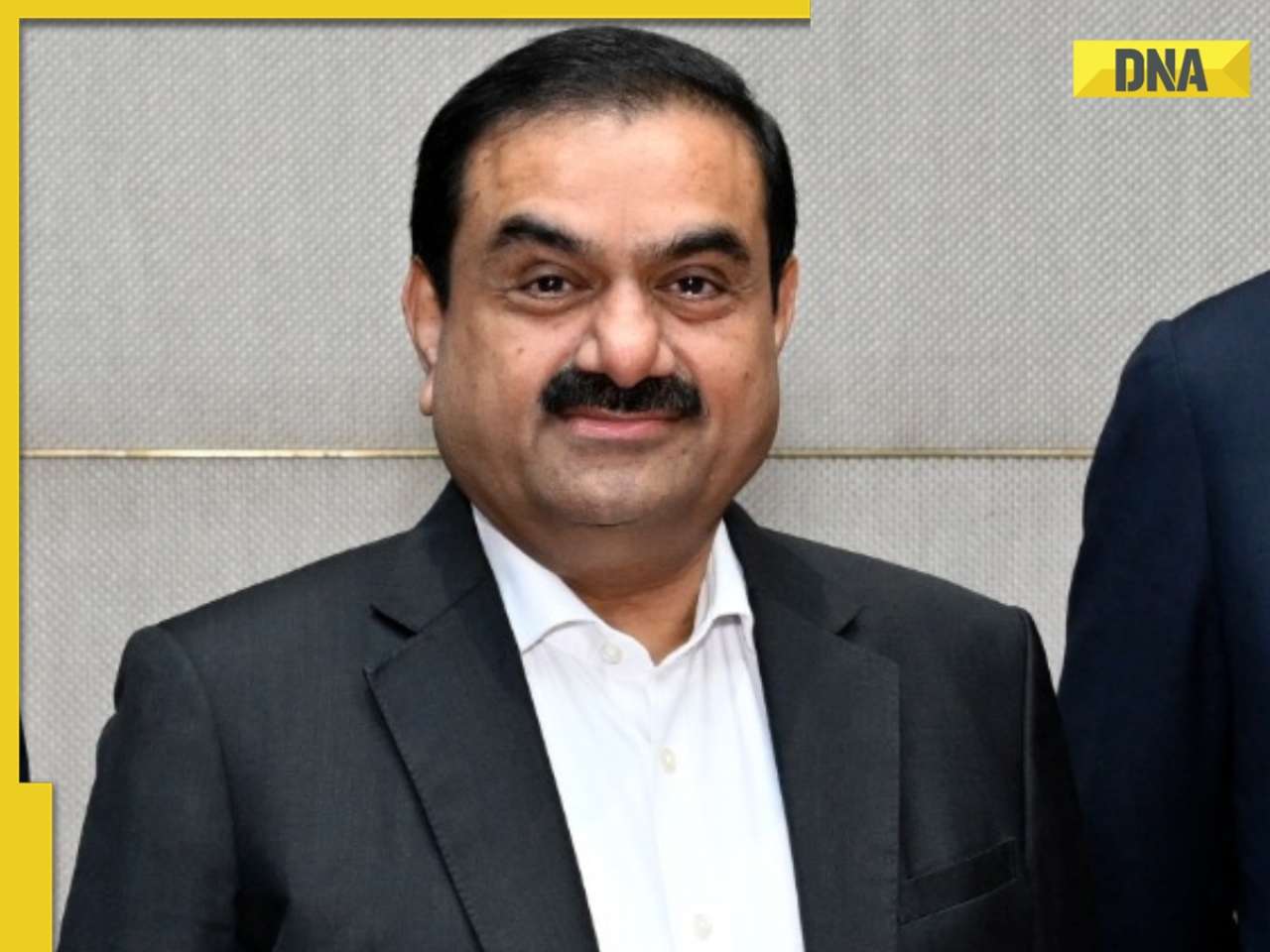






)
)
)
)
)
)
)
)
)
)
)
)
)
)
)
)
































